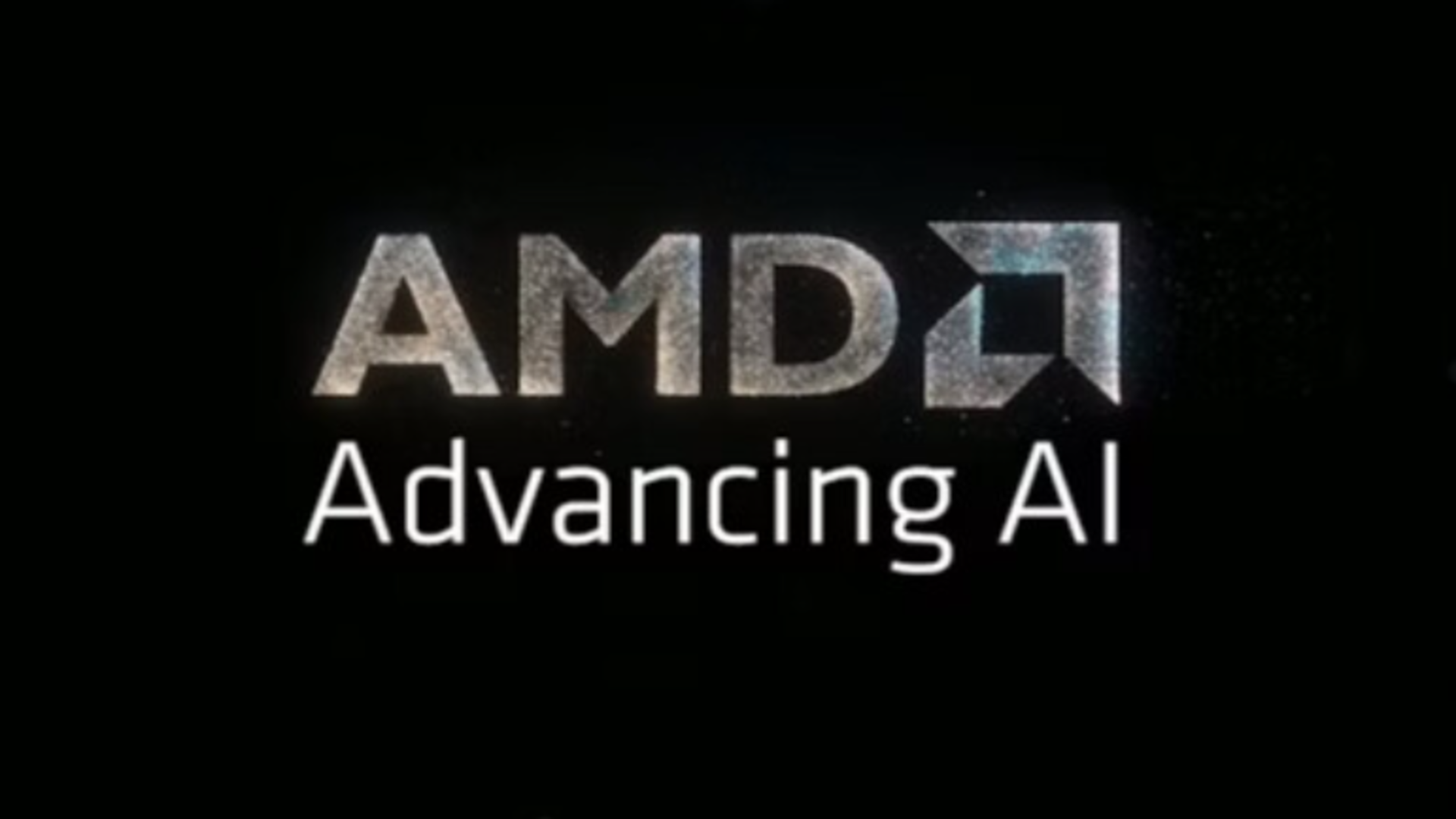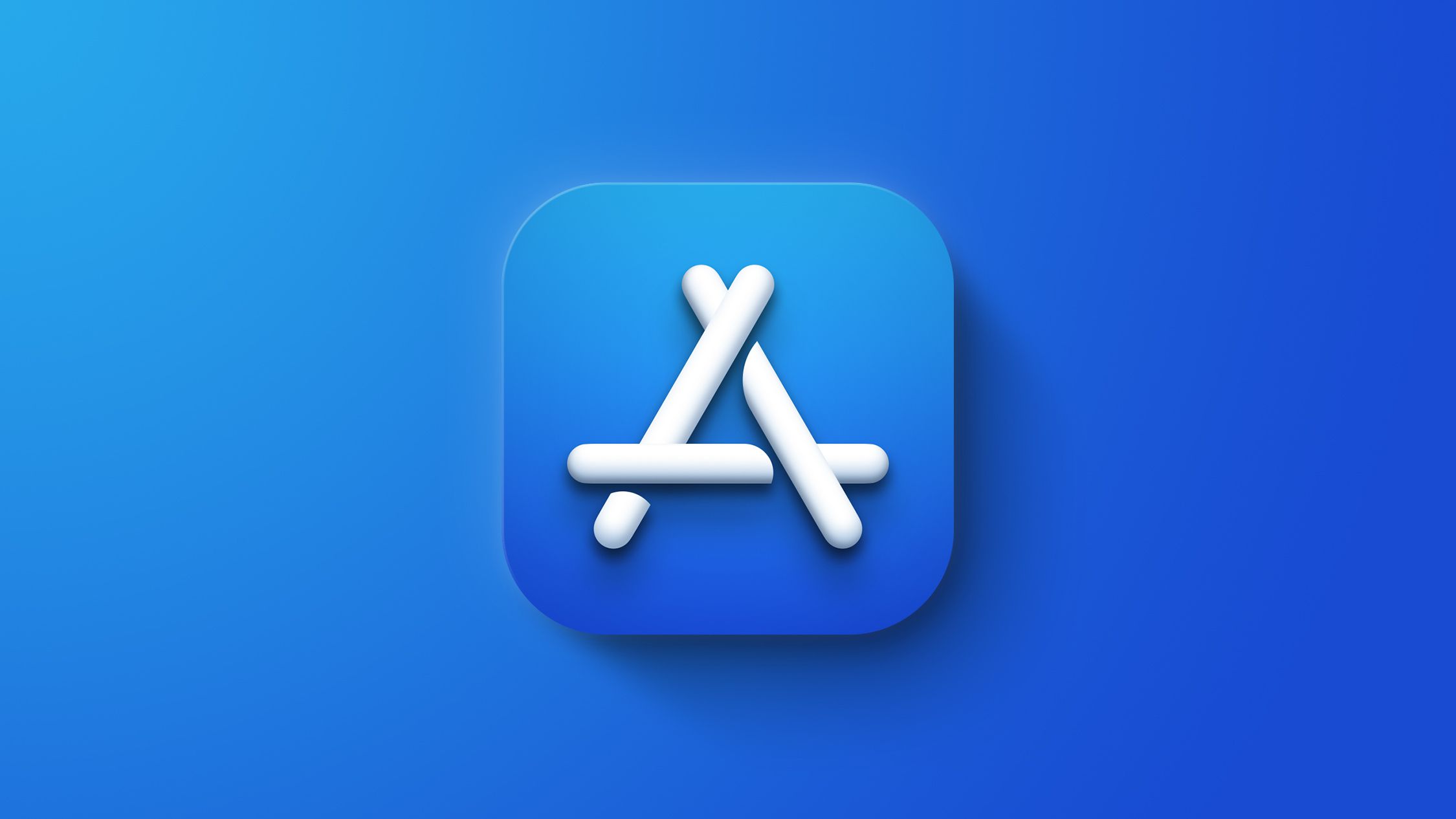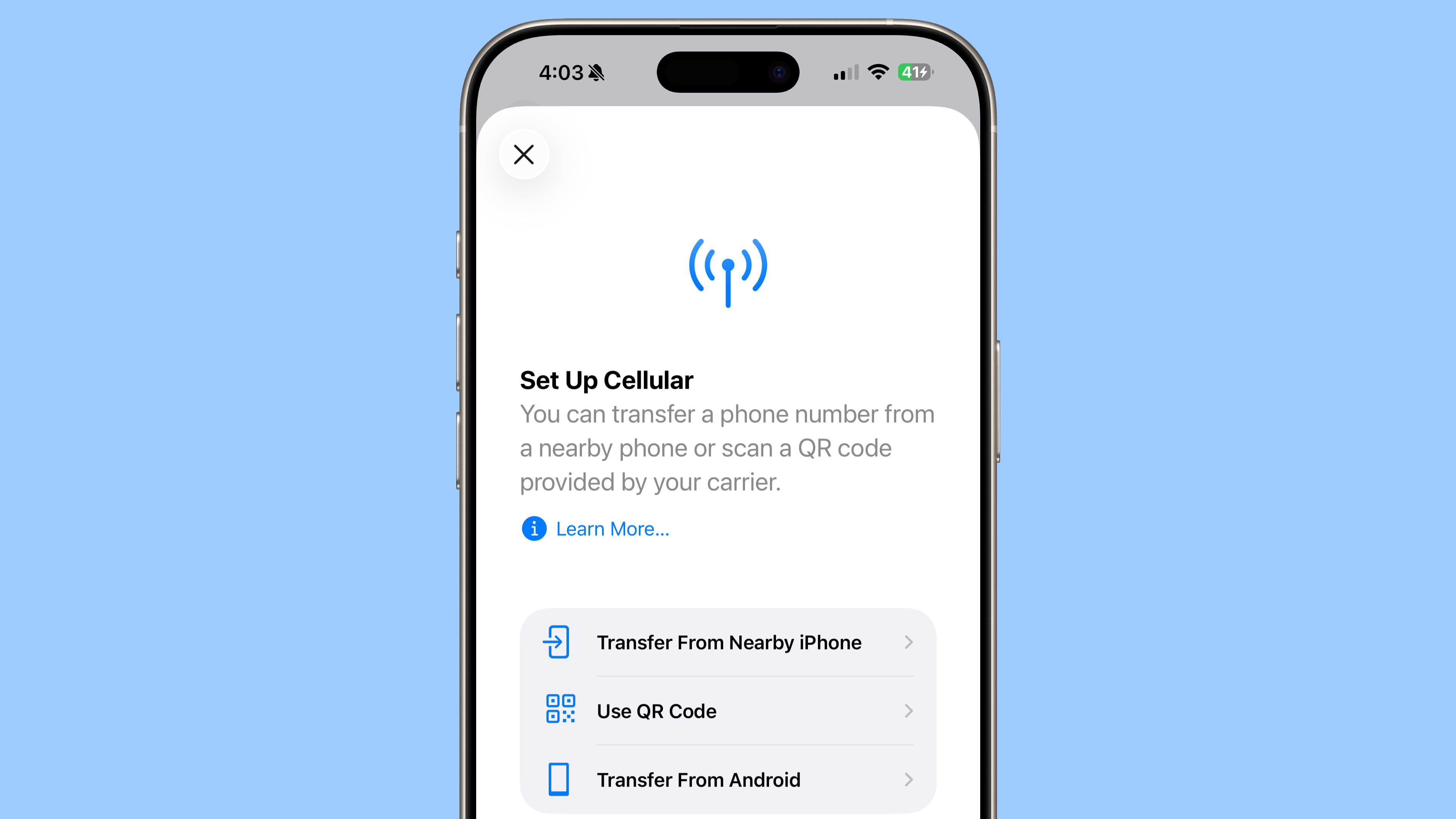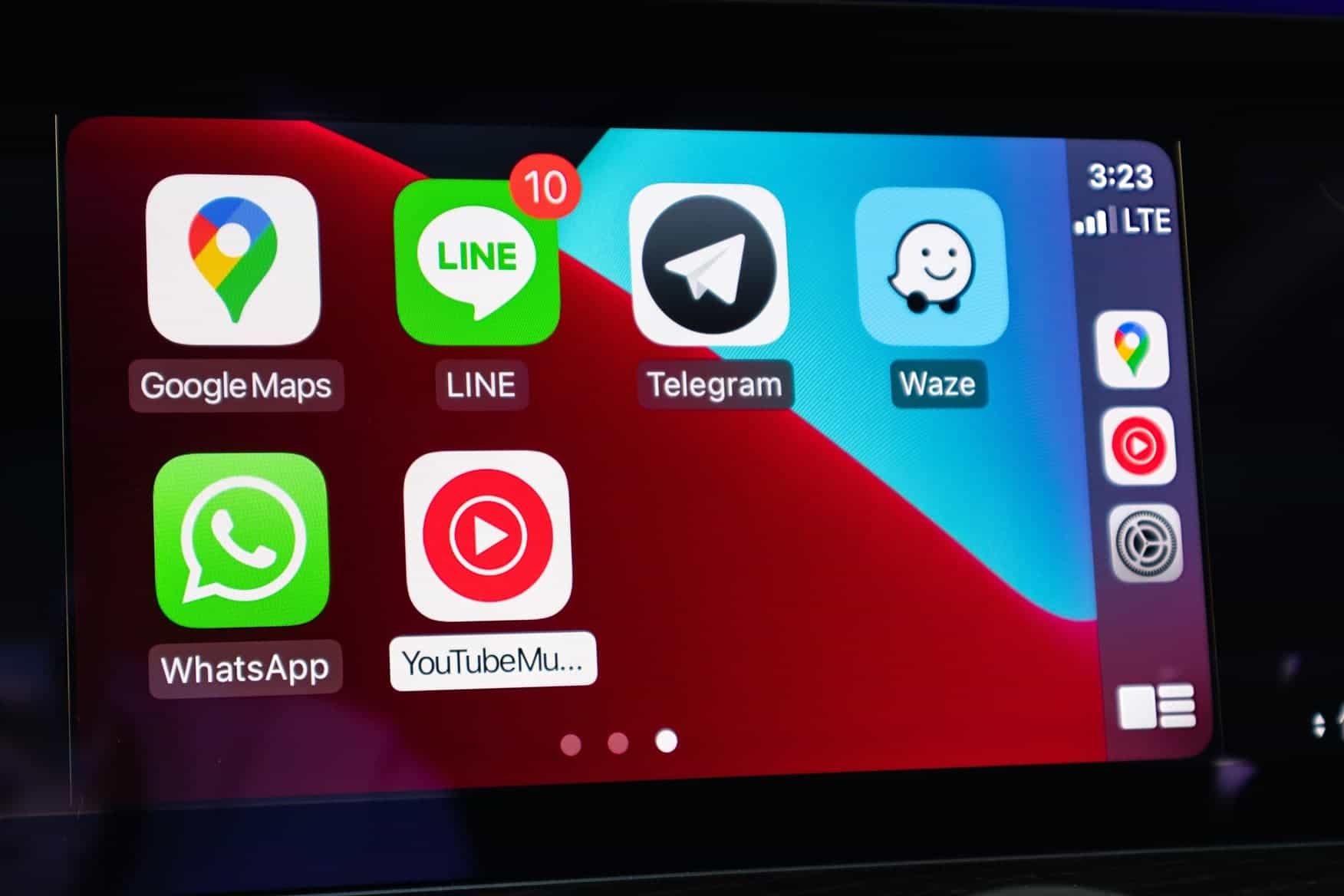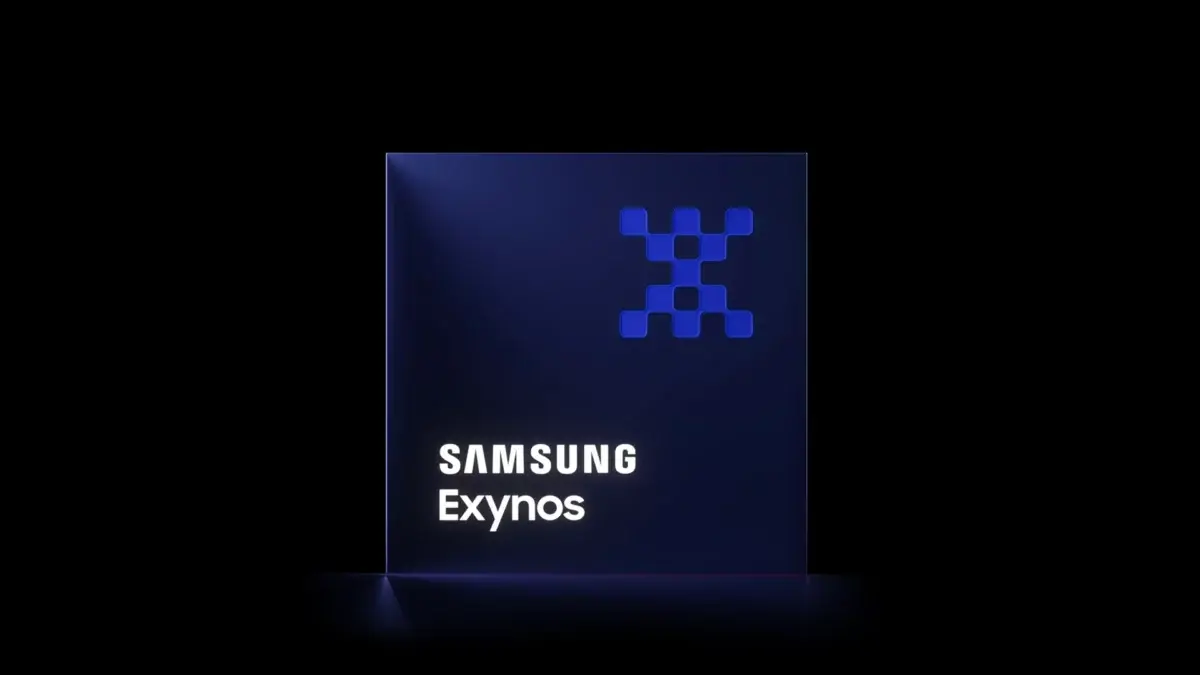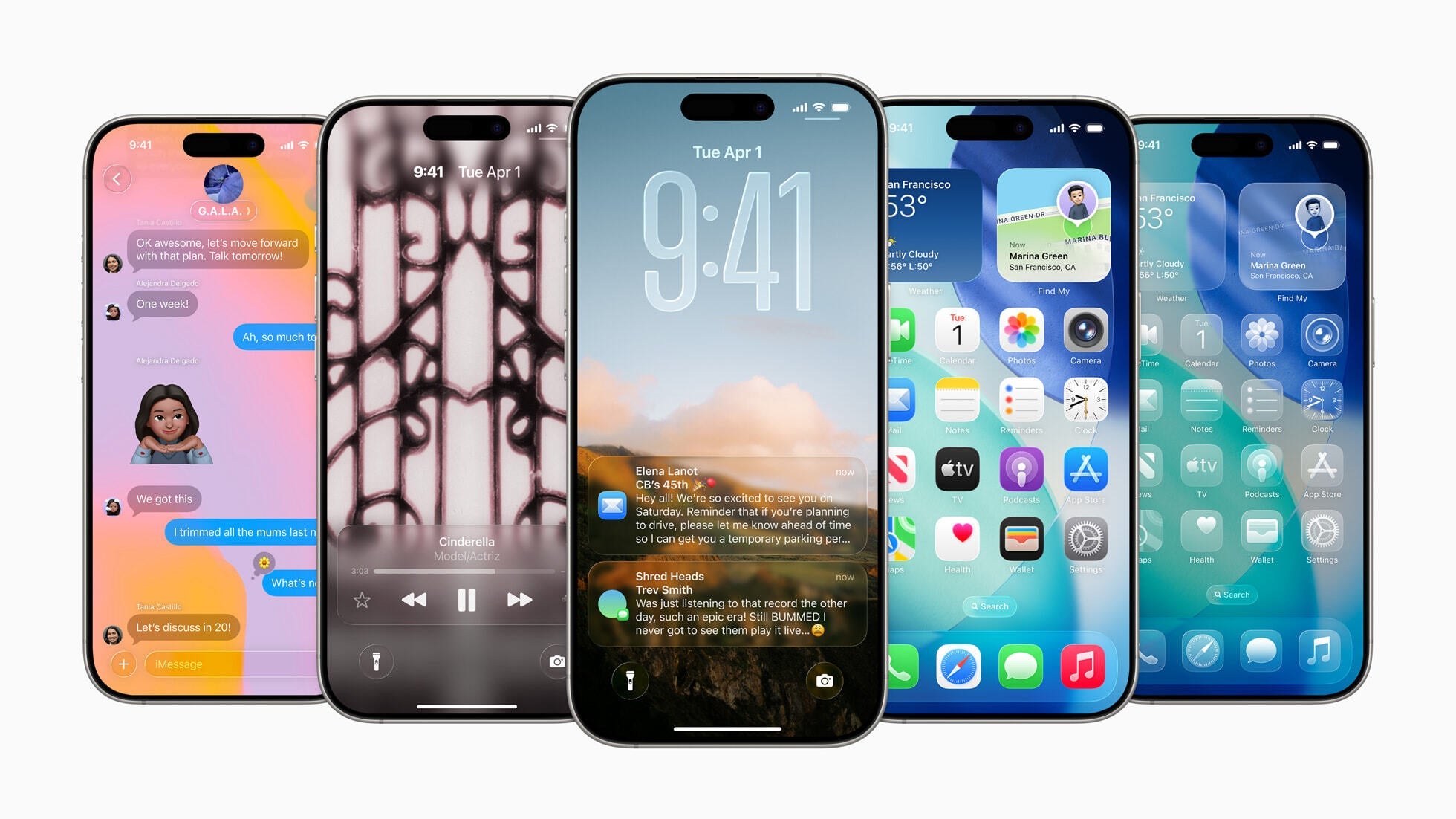Breaking the Sales Plateau with Agentic AI
Surpassing the limits of practice In the realm of skill development — whether in music, sports, or sales — practitioners often encounter a performance plateau: a point where progress stalls despite continued effort. This phenomenon, commonly referred to as the ceiling effect, presents a major challenge to sustained improvement. A groundbreaking study led by Dr. […] The post Breaking the Sales Plateau with Agentic AI appeared first on Unite.AI.


Surpassing the limits of practice
In the realm of skill development — whether in music, sports, or sales — practitioners often encounter a performance plateau: a point where progress stalls despite continued effort. This phenomenon, commonly referred to as the ceiling effect, presents a major challenge to sustained improvement.
A groundbreaking study led by Dr. Shinichi Furuya at Sony Computer Science Laboratories explored this phenomenon in expert pianists.
Researchers developed a robotic exoskeleton glove capable of independently moving a pianist’s fingers with high precision. The glove guided participants through complex, high-speed movements that exceeded their natural motor control.
Remarkably, after just 30 minutes of assisted training, the pianists demonstrated measurable improvements in finger dexterity and speed. These gains persisted even after the glove was removed and extended to both hands — a phenomenon known as intermanual transfer.
“I was suffering from this dilemma, between overpracticing and the prevention of the injury, so then I thought, I have to think about some way to improve my skills without practicing.”
— Dr. Shinichi Furuya
The glove didn’t simply help people play faster. It showed them what better looked like, and how it felt to move at a higher level.
The research wasn’t just about music. It was about how people internalize new performance thresholds, something every sales leader should understand.
We’ve seen this in sport, too. When Roger Bannister broke the four-minute mile in 1954, something long believed to be physically impossible, it took just 46 days for someone else to do it again. Within a year, three more runners followed. Today, thousands have achieved it.
“However ordinary each of us may seem, we are all in some way special, and can do things that are extraordinary, perhaps until then… even thought impossible.”
— Roger Bannister
The human body didn’t suddenly evolve. But our belief in what was possible did. These breakthroughs changed belief.
The pianists didn’t just move their fingers faster. They left knowing they could. The runners didn’t just train harder. They trained differently because they believed new results were possible.
Sales is no different. For sellers to break through, they need to believe improvement is possible. Not in theory. In practice. And the fastest way to build that belief is to experience a better system, or see someone like them succeed in one.
That’s what the right system can do. It doesn’t just tell people how to improve. It helps them believe they can and then gives them proof. For leaders, the goal is to create conditions where that kind of belief and performance can scale.
The Sales parallel: Even the best hit the ceiling
Even experienced sellers reach a point where they stop progressing. The activity is still there. The effort is still there. But the results level off. This plateau happens when the environment around the seller no longer helps them adjust in real time or learn as they go.
Over the past five decades, sales has gone through major shifts — each designed to raise the quality of execution. Many of them did. But almost all relied on the seller to close the gap between knowing what to do and actually doing it.
- (1970s) Consultative Selling reframed sales as a conversation focused on the buyer’s needs
- (1988) SPIN Selling introduced a structure for discovery through Situation, Problem, Implication, and Need-payoff questions
- (1990s) Solution Selling connected buyer pain to tailored solutions, but often relied on static scripts and decks
- (1985–1998) Strategic Selling added structure for selling into buying groups and managing complex deals
- (Early 2000s) CRM systems centralized pipeline data but offered limited coaching or in-flow support
- (2011) The Challenger Sale emphasized teaching and reframing buyer thinking but required high rep proficiency
- (2015–2020) Sales engagement platforms scaled buyer engagement, but codified repeatability in workflows, not skill development
- (2017–2021) Conversation intelligence tools enabled better coaching, but insight often came after the moment of action
Each wave gave sellers better structure. They raised the ceiling by standardizing language, process, and visibility. But most of them required sellers to manually interpret what to do next. They offered guidance before or after the moment, rarely during it.
That’s where the plateau sets in. Not because people stop improving, but because the system stops helping them improve in motion.
The next step forward is a system that reinforces progress as it happens, where sellers can experience better ways of working while they’re already in motion.
That’s what agentic systems make possible. They translate proven behaviors into timely guidance, adjust to buyer context, and help sellers make stronger decisions in the exact moment those decisions matter.
This is what breaks the plateau. Not belief alone, but belief supported by a system that helps people improve while doing the work.
How agentic AI and codified best practices break the plateau
The robotic glove didn’t just offer instructions. It gave pianists a felt experience of what higher performance looked like. And because they felt it — in motion, not in theory — they were able to build on it.
Agentic AI offers something similar. It supports sellers while they’re selling. It surfaces guidance when it’s needed. And over time, it helps sellers develop new instincts by showing them what strong execution looks like in context.
Here’s how that happens.
1. Sellers perform better when the starting point is stronger
Sales reps aren’t short on data. What they’re short on is time to turn that data into something useful — and clarity on what will actually move the deal forward. That’s where agentic AI makes a fundamental shift.
Instead of simply recommending next steps, agents do the work a top-performing seller would: researching the account, identifying high-priority buyers, prioritizing based on real-time engagement signals, and drafting communications that reflect that context. This isn’t just guidance layered on top of the workflow. It’s best-practice execution embedded inside it.
The result is a starting point that’s already strong. Sellers can jump in with their expertise and judgment to refine the strategy, adjust tone, or tailor the sequence — instead of spending precious time just getting to “good enough.” That shift deepens the rep’s understanding of what good looks like and gives them space to make it even better.



















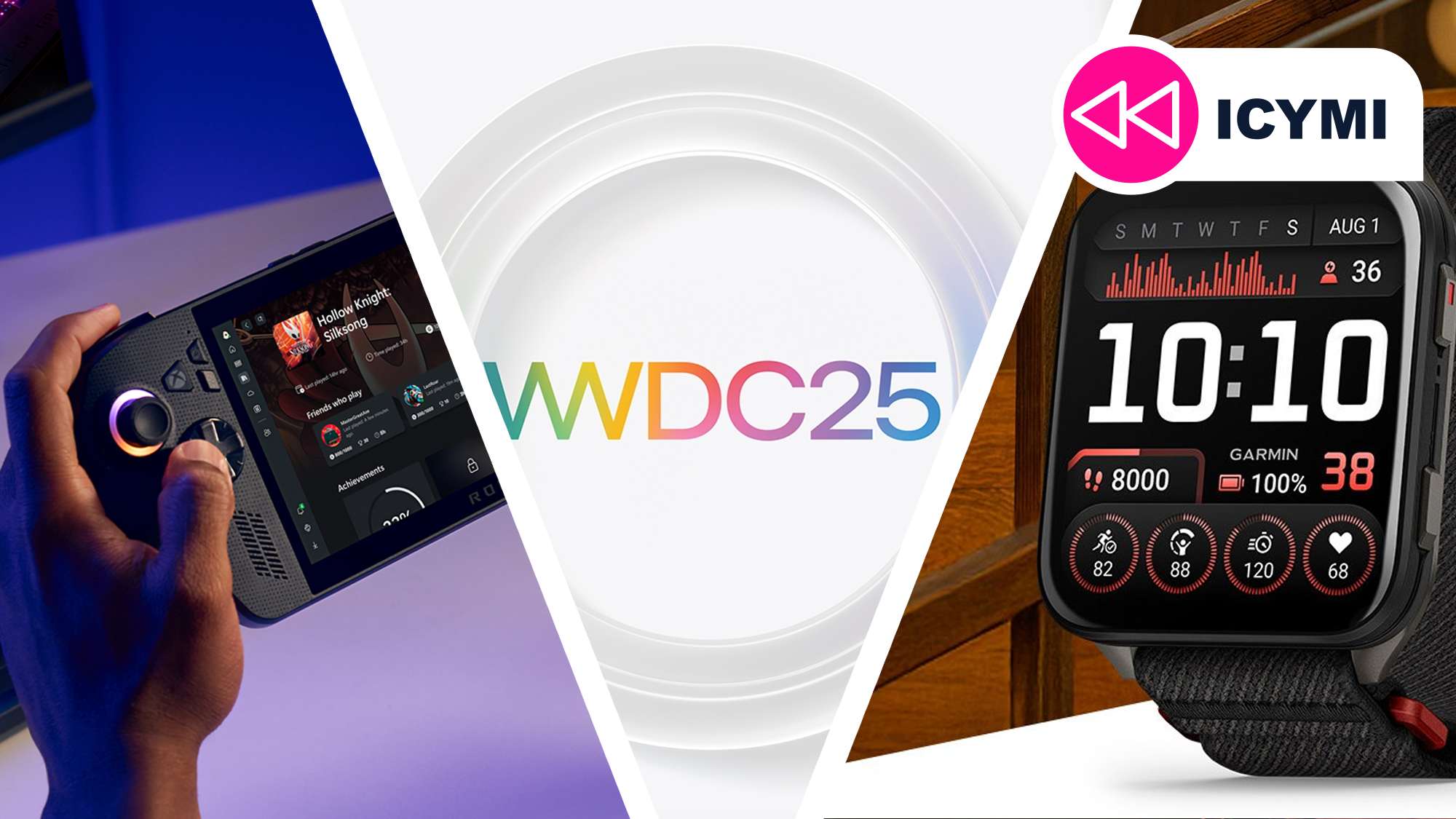

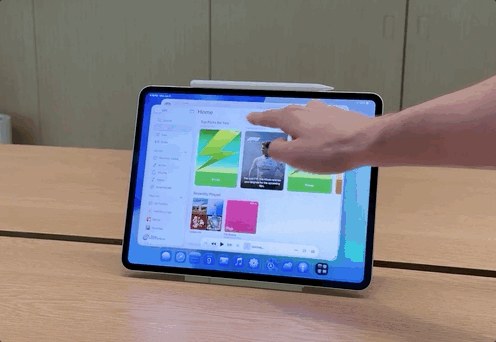

























































































































































![[The AI Show Episode 152]: ChatGPT Connectors, AI-Human Relationships, New AI Job Data, OpenAI Court-Ordered to Keep ChatGPT Logs & WPP’s Large Marketing Model](https://www.marketingaiinstitute.com/hubfs/ep%20152%20cover.png)




































































































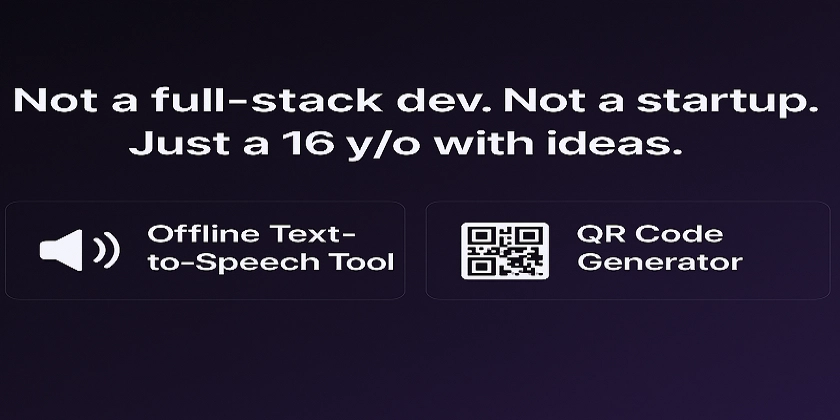
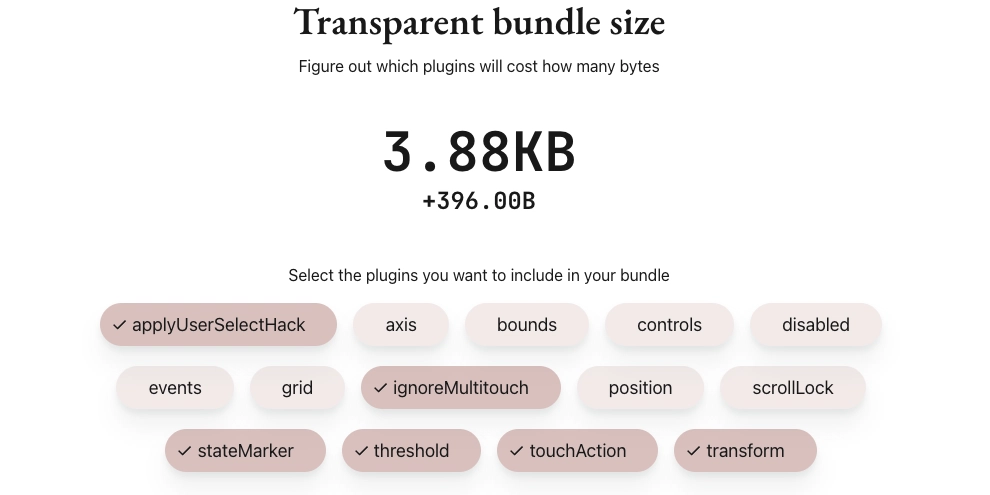
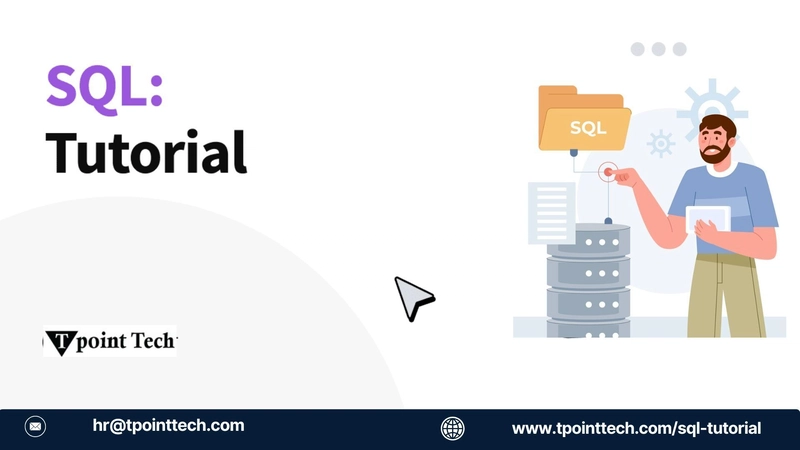












![[FREE EBOOKS] Natural Language Processing with Python, Microsoft 365 Copilot At Work & Four More Best Selling Titles](https://www.javacodegeeks.com/wp-content/uploads/2012/12/jcg-logo.jpg)




















































.jpg?width=1920&height=1920&fit=bounds&quality=70&format=jpg&auto=webp#)




















































































_Andreas_Prott_Alamy.jpg?width=1280&auto=webp&quality=80&disable=upscale#)

_designer491_Alamy.jpg?width=1280&auto=webp&quality=80&disable=upscale#)






















































![Samsung Galaxy Tab S11 runs Geekbench, here's the chipset it will use [Updated]](https://fdn.gsmarena.com/imgroot/news/25/06/samsung-galaxy-tab-s11-ultra-geekbench/-952x498w6/gsmarena_000.jpg)















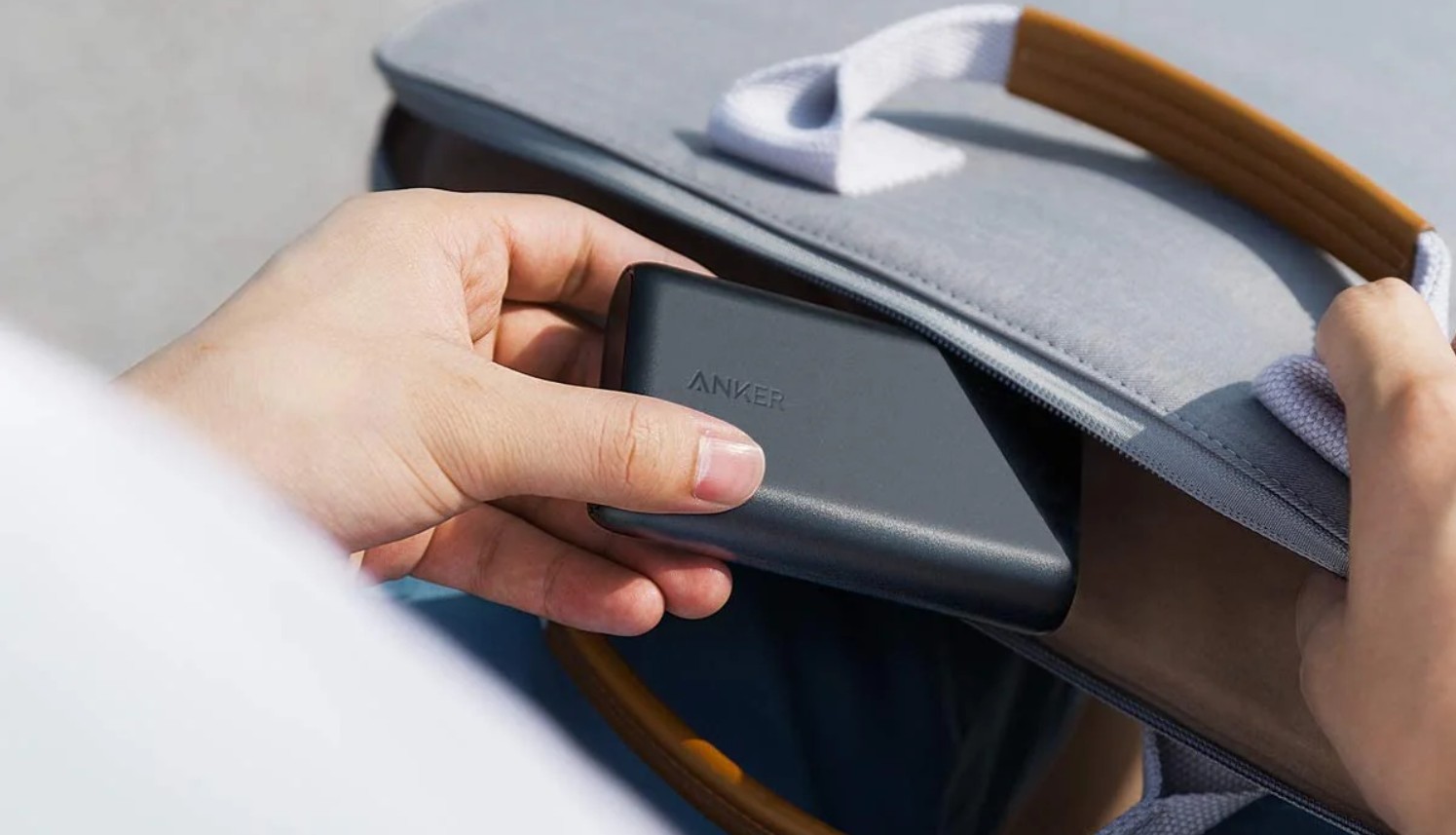


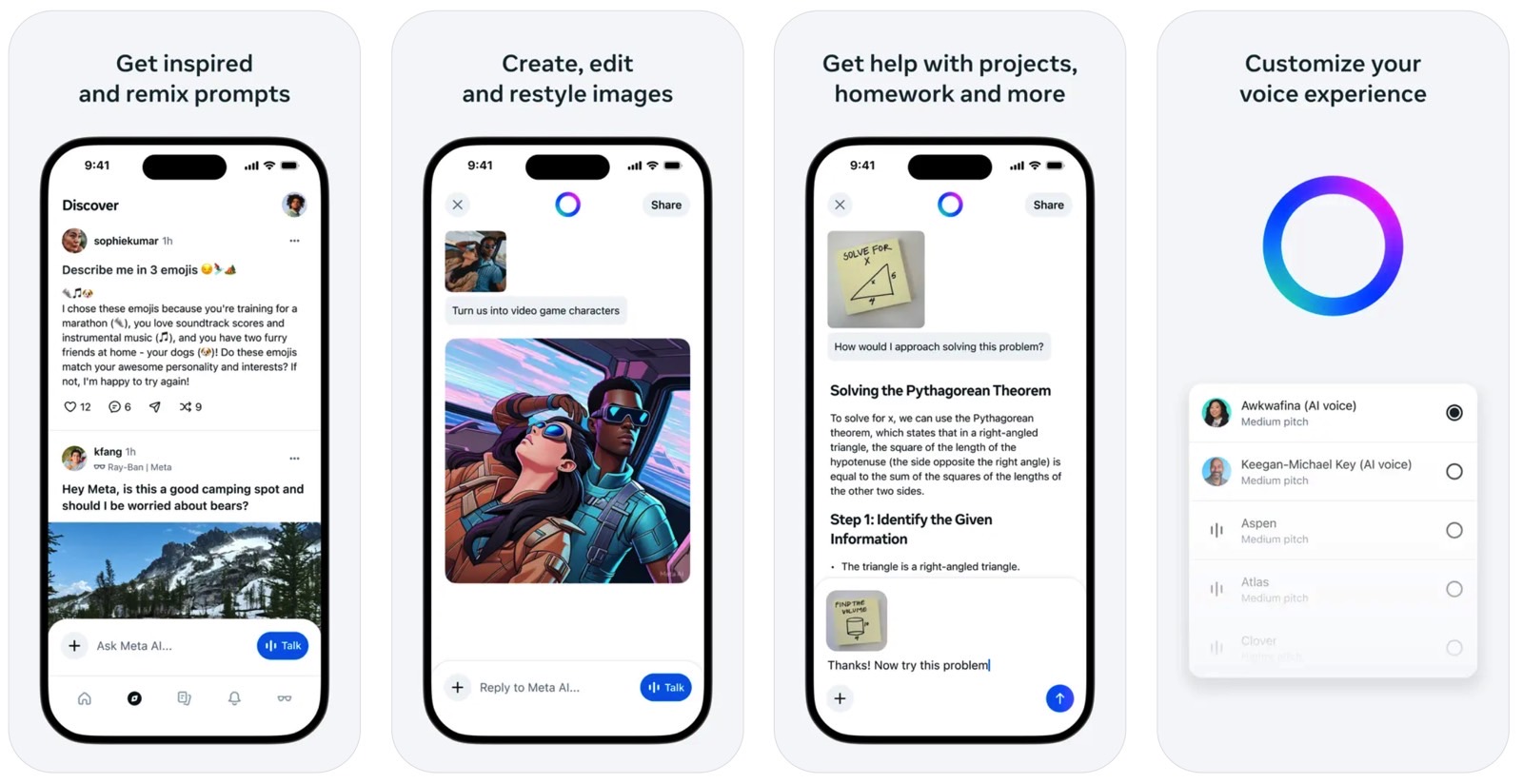







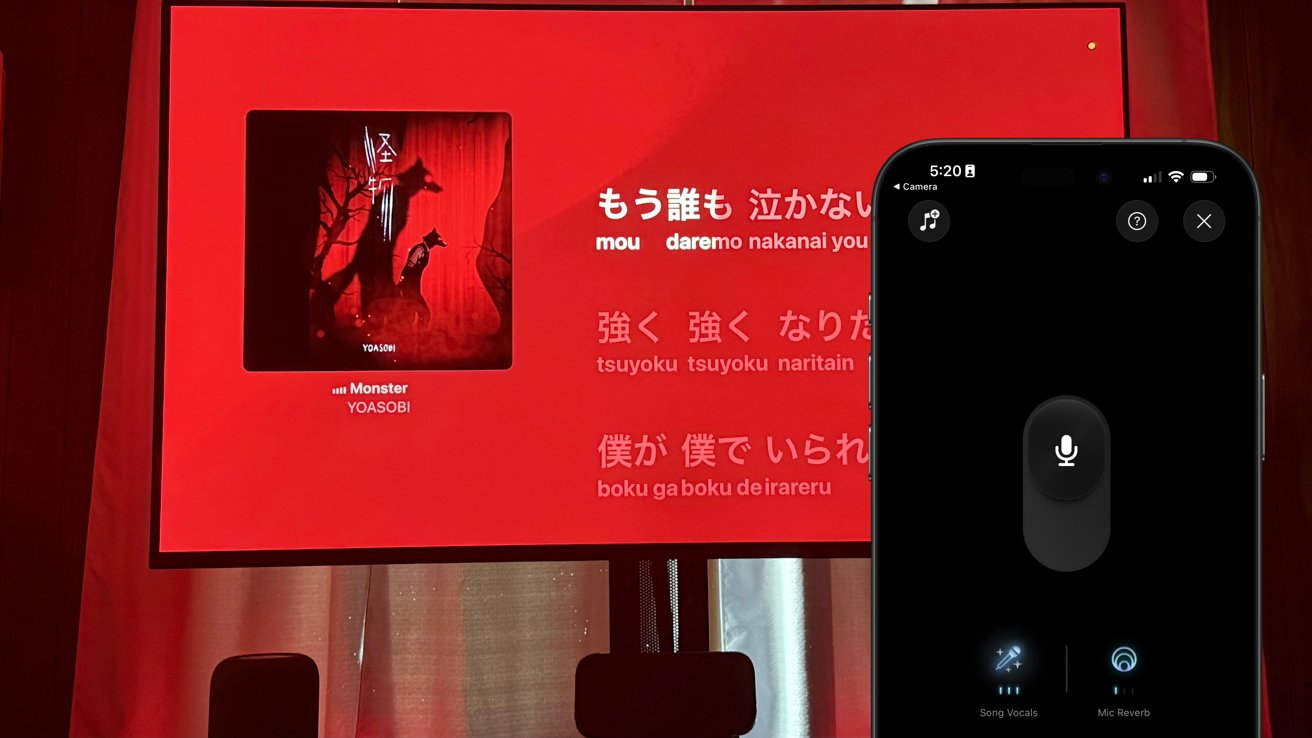

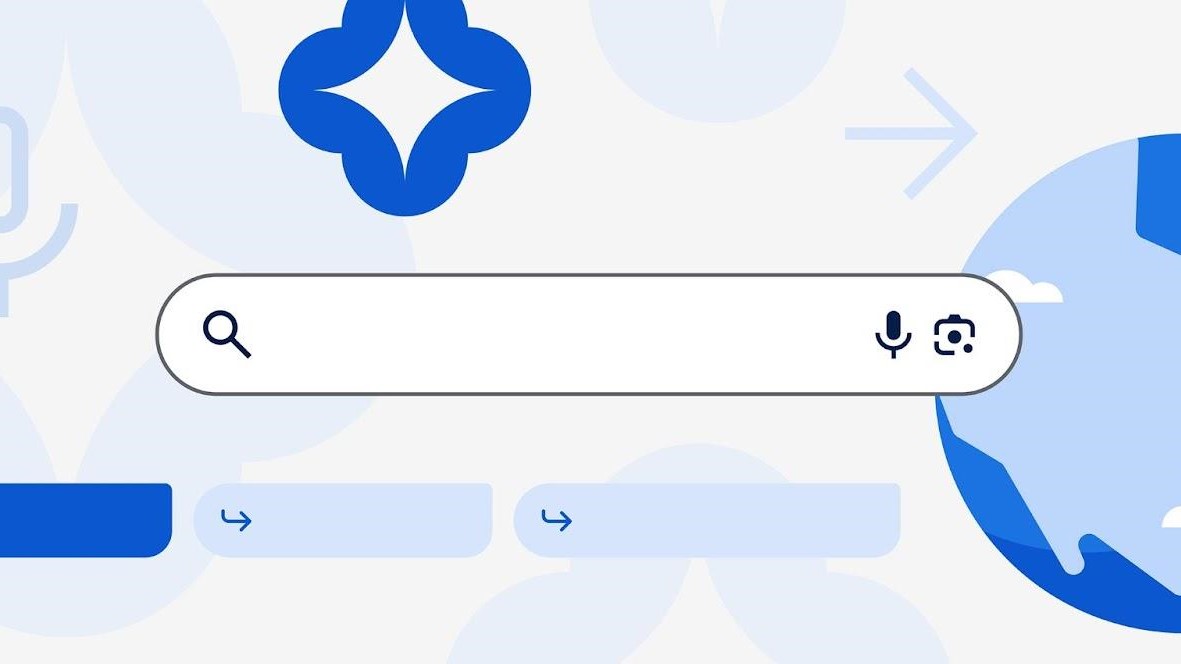

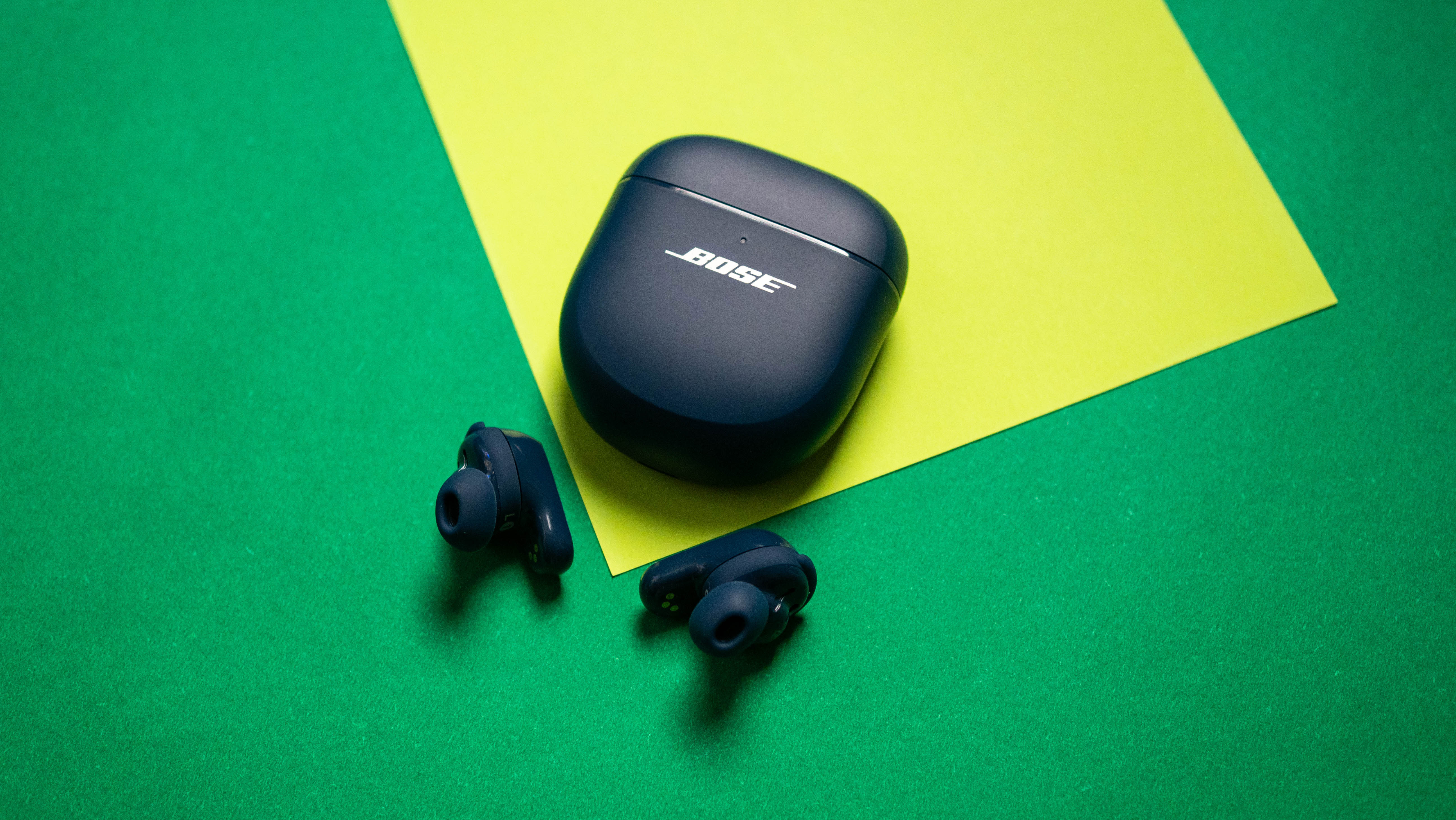









![Apple’s latest CarPlay update revives something Android Auto did right 10 years ago [Gallery]](https://i0.wp.com/9to5google.com/wp-content/uploads/sites/4/2025/06/carplay-live-activities-1.jpg?resize=1200%2C628&quality=82&strip=all&ssl=1)
![Everything new in Android 16 QPR1 Beta 2 [Gallery]](https://i0.wp.com/9to5google.com/wp-content/uploads/sites/4/2025/06/Android-16-logo-1.jpg?resize=1200%2C628&quality=82&strip=all&ssl=1)














![3DMark Launches Native Benchmark App for macOS [Video]](https://www.iclarified.com/images/news/97603/97603/97603-640.jpg)
![Craig Federighi: Putting macOS on iPad Would 'Lose What Makes iPad iPad' [Video]](https://www.iclarified.com/images/news/97606/97606/97606-640.jpg)


















